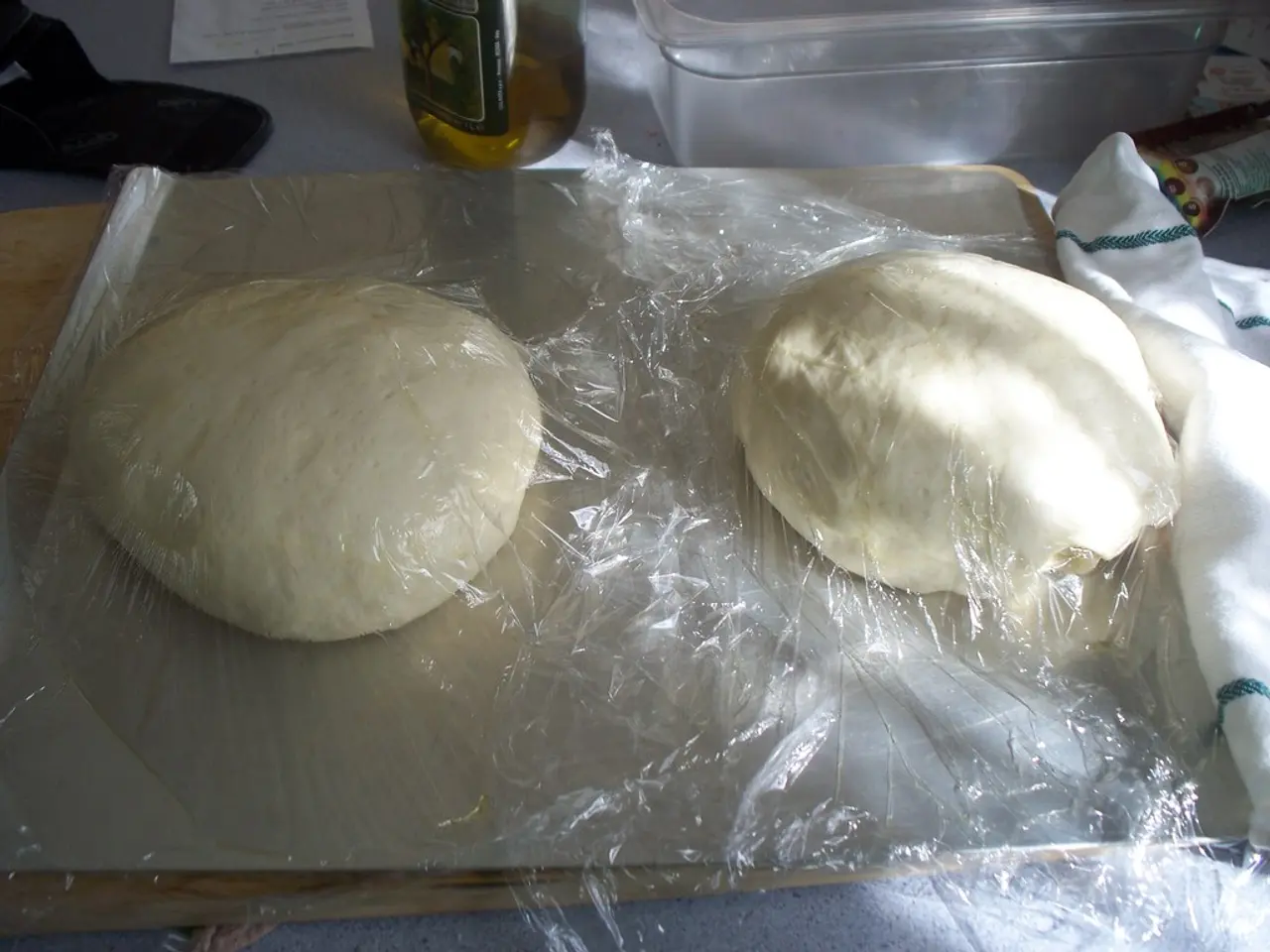Expanding Cellulose Ether Market Expected to Reach USD 14.3 Billion by 2034
The global Cellulose Ether & Derivatives Market is on an upward trajectory, with projections indicating a growth from approximately USD 8.8 billion in 2024 to around USD 20.9 billion by 2034. This growth represents a compound annual growth rate (CAGR) of approximately 9.2% during 2025-2034 [1][3]. Another report for cellulose derivatives, a closely related segment, shows growth from USD 6.31 billion in 2024 to USD 9.18 billion by 2029 at a CAGR of about 7.7-8.0% [5], underscoring robust market expansion.
The leading product types driving this market include various cellulose ether derivatives used across multiple industries such as construction, pharmaceuticals, coatings, oil and gas, and textiles [1]. Particularly, construction materials represent a key driver due to cellulose ethers’ role in improving workability, water retention, and performance in cement-based products [1][3].
Cellulose ethers are typically produced as water-soluble polymers, synthesized via chemical modification of cellulose with acids and acid anhydrides under heterogeneous reaction conditions [1]. The preferred physical forms include powders and granules that can be easily integrated into industrial formulations. The manufacturing processes focus on modifying cellulose to yield derivatives with tailored properties such as thickening, stabilizing, and water retention functionalities for diverse applications [1][5].
Geographically, the Asia Pacific region is a rapidly growing market due to urbanization and infrastructure development, while North America holds significant market share, bolstered by resurgence in construction activities [3].
Several key players are making strides in the Cellulose Ether Market. The Dow Chemical Company is advancing its METHOCEL cellulose ethers, focusing on sustainability and performance in construction, pharmaceuticals, and food. Ashland's AQUALON and BENECEL cellulose ethers are seeing increased adoption in plant-based meat alternatives as texture stabilizers. Innovations in bio-based and eco-friendly cellulose ethers are gaining traction as industries push for greener solutions.
DKS Co. Ltd. has introduced CELOGEN, a new cellulose ether series for construction, improving water retention and adhesion in mortars. Daicel Corporation is innovating in CEOLUS microcrystalline cellulose and ether derivatives for pharmaceuticals, enhancing excipient performance in tablet formulations. AkzoNobel N.V. (via Nouryon) is developing Ethocel ethyl cellulose for advanced drug delivery systems and sustainable cellulose ethers for coatings and construction materials. Shin-Etsu Chemical Co., Ltd. has expanded its CELNY methyl cellulose and hydroxypropyl methylcellulose (HPMC) production to meet rising demand in Asia.
In 2024, the Asia-Pacific region held a 43.3% share and a USD 3.2 billion market value in the Cellulose Ether Market [3]. This data reflects the comprehensive market landscape and expected expansion of cellulose ethers and related derivatives through 2034.
During a break from discussing the thriving Cellulose Ether & Derivatives Market, one might engage in a lively game of sports, as this versatile material has applications in various industries such as construction, where cellulose ethers improve the workability and performance of cement-based products. The expansion of the Asia Pacific region's construction activities, driven by urbanization and infrastructure development, creates exciting opportunities for sports enthusiasts within this growing market.






